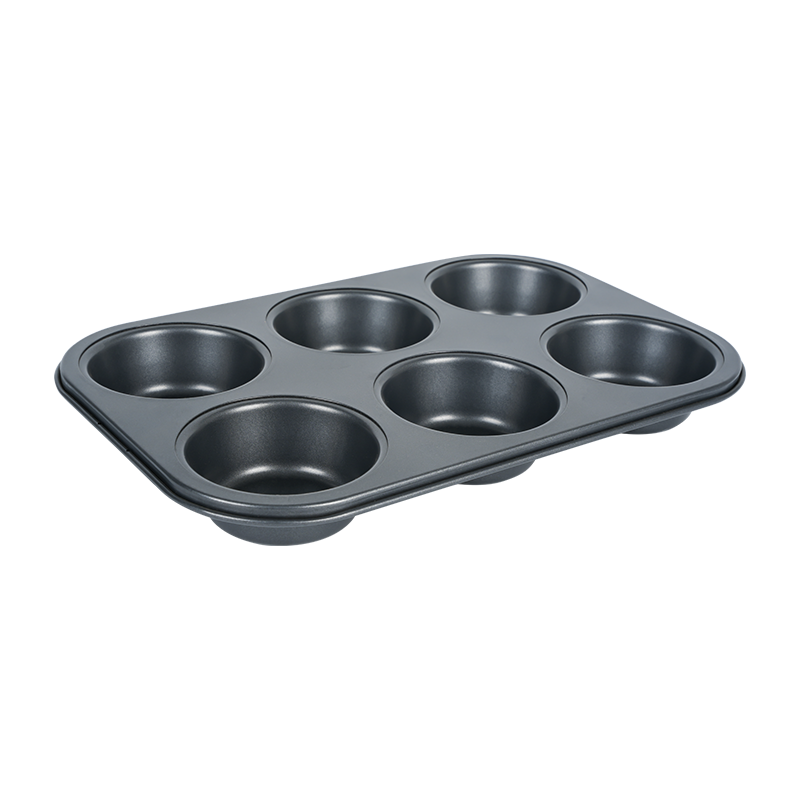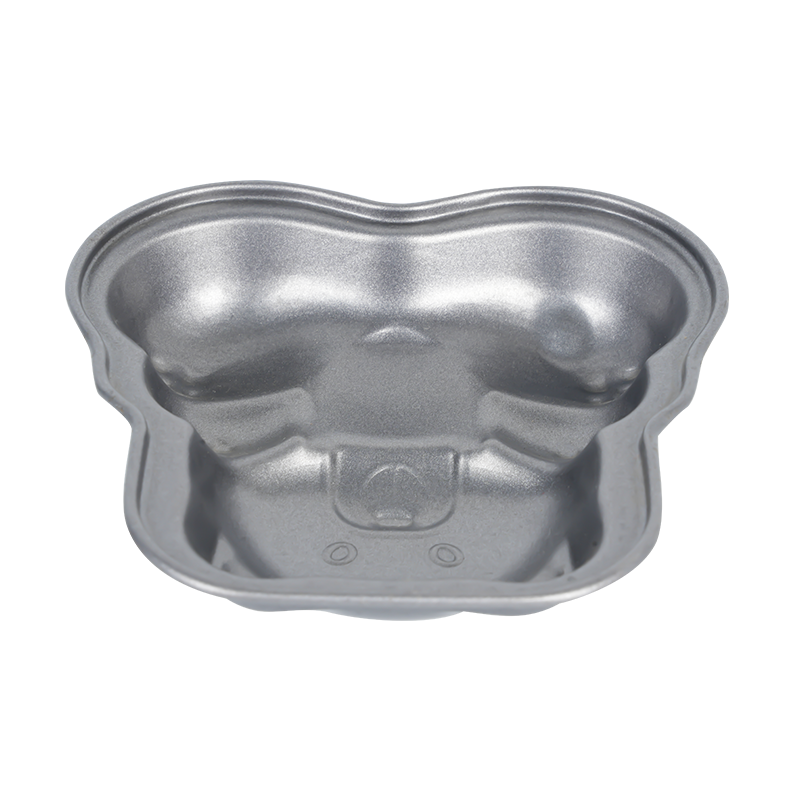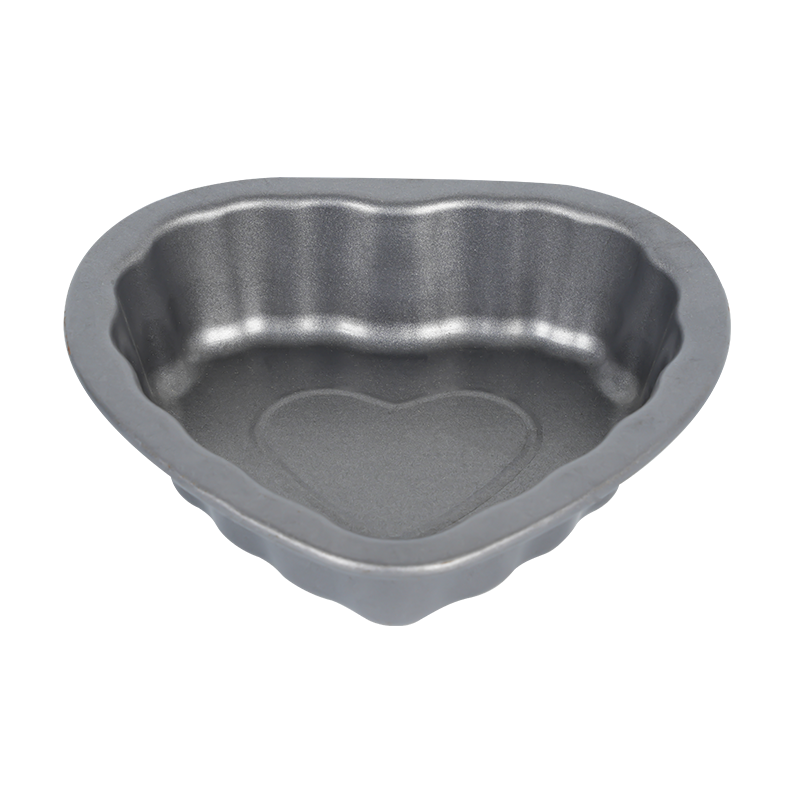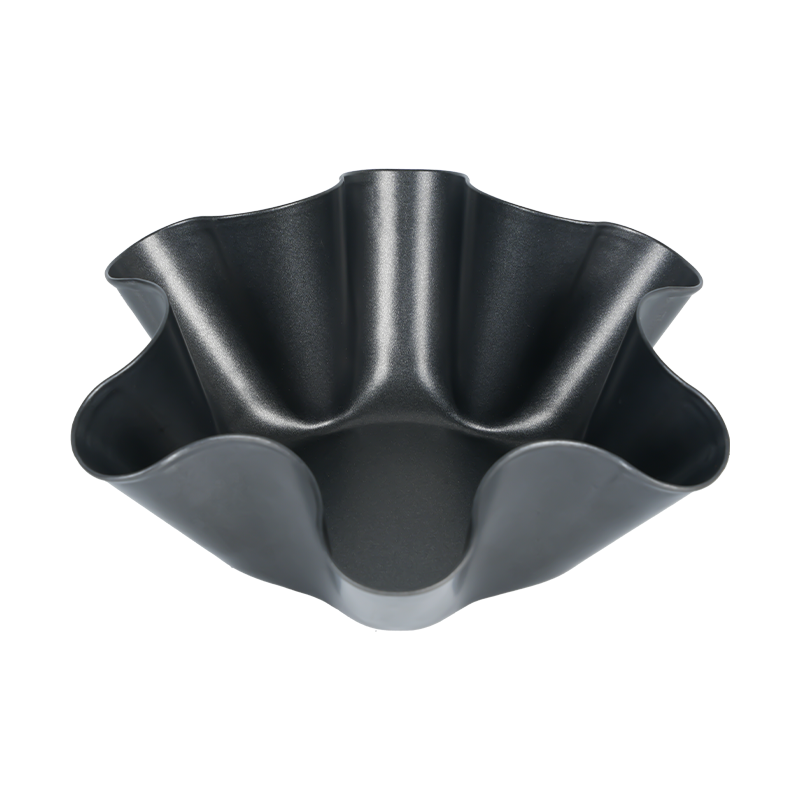The company relies on a high degree of brand awareness, fine product quality, convergence of multiple strong advertising media power, and through the integration of capital, knowledge, talent technology, channels, information operations.
Understanding Muffin Pan Compatibility
When considering whether a muffin pan can be used in all types of ovens, several factors must be evaluated, including oven type, material of the bakeware, and design specifications. While they are generally regarded as versatile kitchen tools, their suitability varies depending on the baking environment.

Common Oven Types and Their Requirements
Modern homes and commercial kitchens may use a range of ovens such as conventional gas ovens, electric ovens, convection ovens, toaster ovens, air fryers with baking functions, and even microwave ovens with convection features. Each of these operates with different heat distribution patterns, temperature control, and space limitations. This diversity makes it important to check whether a muffin pan is structurally and thermally compatible with each type.
Material Considerations for Safe Usage
Muffin pans are typically made from carbon steel, aluminum, silicone, or non-stick coated metals. For conventional ovens, both gas and electric materials work well, as these ovens are designed to heat large bakeware evenly. However, for convection ovens that blow hot air around, lightweight silicone pans might shift during baking unless stabilized on a tray. In air fryers or toaster ovens, where space is limited and heating elements are closer, metal pans may reflect heat too aggressively, risking uneven baking or even warping if not heat-resistant.
Space and Size Limitations
Another critical factor is the size and shape of the muffin pan relative to the oven interior. While standard ovens accommodate full-sized pans, toaster ovens and countertop convection ovens often require smaller bakeware. Attempting to squeeze a pan into a too-small oven not only hinders airflow but also poses a fire risk if the pan touches the heating element. Some manufacturers offer “mini” or “compact” muffin pans specifically designed for smaller appliances.
Microwave Oven Caution
Microwave ovens (without convection functionality) are generally unsuitable for metal-based muffin pans, as metal reflects microwave radiation, potentially causing sparks and damaging the oven. Only silicone or microwave-safe glass should be considered for this environment. Even then, the baking results in a microwave might be less desirable compared to traditional ovens due to the lack of browning or crust formation.
Heat Tolerance and Warping Risk
Regardless of oven type, it is essential to ensure that the muffin pan can handle the temperature the oven may reach. Most metal pans are oven-safe up to 450°F (230°C), but silicone pans may vary in temperature tolerance depending on quality. Using it beyond its rated temperature can cause warping, degradation of the non-stick coating, or off-gassing of unwanted odors.
Labeling and Manufacturer Guidelines
One of the effective ways to determine if a muffin pan is suitable for all oven types is to consult the manufacturer’s labeling. High-quality pans typically include detailed usage instructions, including temperature, compatibility with dishwasher or microwave, and warnings about broiler use or rapid temperature changes. This information ensures the bakeware is used in its intended and safe context.
Conclusion: Compatibility Depends on Oven Type, Material, and Design
While it is a staple in most kitchens, it is not universally compatible with every type of oven. Factors such as material composition, oven size, and heat source play a significant role in determining safety and performance. By carefully reviewing the specifications of both the muffin pan and the oven, users can ensure suitable baking results while protecting their appliances and bakeware.

 English
English русский
русский Español
Español



